I was in conversation with theology and culture-expert Devdutt Pattanaik, author of several bestselling books on mythology and culture. Excerpts.
Questions & Answers
Table of Contents
How has sexuality of women been discussed in Hindu mythological texts? Were women described or presented as sexual beings?
Kama, or desire, and Rati, erotics, has been a key theme in Hindu mythology. The desire of men and women has been seen in various ways: as producing children, as a commodity in the market, as a source of great pleasure, as well as a pathway to mystical ideas. There are stories of women who approach men for sex, stories where men are told it is their duty to make women happy, and women getting offended when their advances are rejected.
Was monogamy ever the prescribed way of living as suggested in religious texts and sub-texts? If not, how was monogamy seen and described?
Monogamy was meant for the housewife, not the apsara. Fidelity was seen as critical to the household, not per se. It was supposed to give women magical powers; turned her into a Sati who could withstand the blaze of fire. Widowhood was seen resulting from a woman’s infidelity. Thus it was not a divine ‘rule’ but rather an enforced ‘recommendation’. But it was accepted that being faithful is tough and both women and men are sexual beings who cannot restrict their desire to one person. A faithful wife, however, was celebrated. And Ram, the only faithful husband in mythology, was venerated.
Related Reading: Lakshman And Urmila: The Little Known Love Story Of Ramayana
What were the ways in which adultery has been described and seen in these texts? Are there any references to married women practicing adultery?
When Rishi Gotama returned to his house, he found his wife, Ahalya, in the arms of Indra, king of the devas. Furious, he cursed his wife Ahalya to turn into stone and Indra to be covered with sores. This story is found in the first chapter of the Ramayana, the Balkanda, which deals with the childhood and education of Ram, prince of Ayodhya. The sage Vishwamitra takes Ram to the hermitage of Gotama and shows him the stone that was once Ahalya. She has been condemned to be trodden upon by bird, beast and stranger.
Related Reading: Sperm Donors in Indian Mythology: Two stories of Niyog you Must Know
Vishwamitra asks Ram to touch the stone with his feet and liberate Ahalya so that she can rejoin her husband. In the different versions of the Ramayana, the story of Ahalya is told differently. In some versions, she is the guilty adulteress, who gets caught in the act. In other versions, she is innocent, duped by the wily Indra who takes the form of her husband. There are versions where Ahalya is the bored and tortured wife who finds solace in the arms of Indra. The narrators struggle to explain why Ram forgives Ahalya. It makes sense for Ram to forgive someone wrongfully accused than someone who is truly guilty.
Perhaps compassion is also the lesson Vishwamitra was trying to teach Ram.
Do you see a drift in ways women’s sexuality was perceived in ancient times, and modern times? What could be the reason for change in the perception?
“The apsara is a symbol of desire, freedom, and the divine feminine.”
With the rise of Buddhism and monastic orders, women were increasingly seen as temptations who had to be avoided. Their sexuality had to be controlled. Celibacy was admired in men and chastity in women. With this, the fluidity of sexuality, that was present in Indian society, became more rigid.

What do you think of the modern urban man? Do you think they are being able to play up to their new roles well?
Every generation has to struggle with sexual rules of its times. Modern western society may be sexually liberated but in the process it has to sacrifice commitment. People grow up in families with multiple fathers and mothers as divorce becomes a norm. There is less domestic abuse. There is also a lot of uncertainty, less inter-dependence and more independence. Everything has a price. Today’s men are suddenly confronted with women who are apparently comfortable with sex, but have to deal with men discomforted with the idea that they are not the ‘one,’ that they are not ‘pati parmeshwar’ material, that they are just gandharvas, for entertainment. That can be a blow to their self-esteem.
Related Reading: Why it was important for Kaikeyi from the Ramayana to be wicked
FAQs
1. Is monogamy still relevant in today’s society?
Monogamy remains a common and valid choice for many couples, offering stability, commitment, and emotional security. However, it’s crucial to recognize that it’s not the only option, and other relationship models, such as ethical non-monogamy, can also be fulfilling and healthy.
2. What are some potential challenges and benefits of choosing non-monogamy?
Challenges may include navigating jealousy, managing time and communication, and dealing with social stigma. Benefits can include increased freedom, sexual exploration, and the potential for deeper emotional connections with multiple partners.
3. How can couples navigate discussions about monogamy and alternative relationship models?
Open and honest communication is essential. Couples should discuss their expectations, desires, and boundaries regarding exclusivity and explore different options together.
Final Thoughts
Historically, monogamy has often been tied to the patriarchal system, where women were expected to be homemakers and men were the breadwinners. In this context, monogamy served to ensure paternity and the passing down of wealth and property along clearly defined lines. It also reinforced the idea of women as property, belonging to their husbands.
However, as society has evolved and gender roles have become more fluid, the concept of monogamy has been challenged and redefined. Many people, regardless of their gender or domestic roles, choose monogamy based on love, commitment, and personal values.
Ultimately, the decision to embrace monogamy or any other relationship structure should be a personal one, based on open communication and mutual agreement between partners. It’s essential to move beyond outdated notions that link monogamy solely to traditional gender roles and instead focus on building relationships that prioritize respect, equality, and individual autonomy.
Here’s The Story Of What Happened To Radha After Krishna Left Her
Why newly wed couples in Bengal cannot spend the first night together
Your contribution does not constitute a charitable donation. It will allow Bonobology to continue bringing you new and up-to-date information in our pursuit of helping anyone in the world to learn how to do anything.





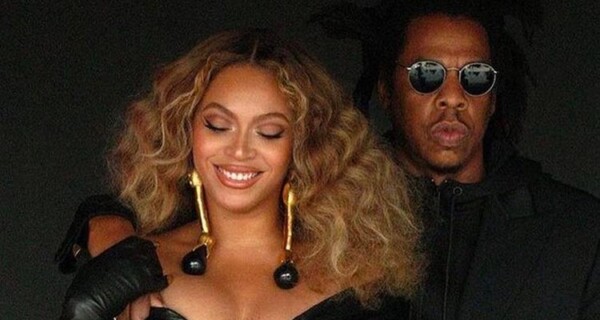



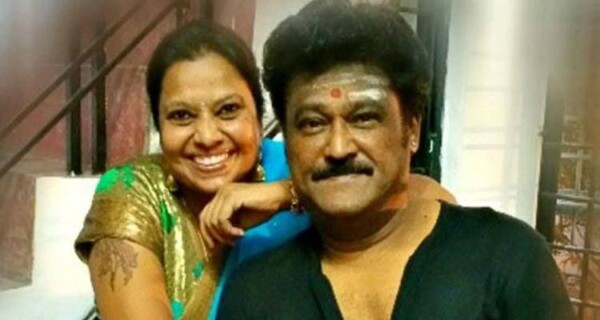
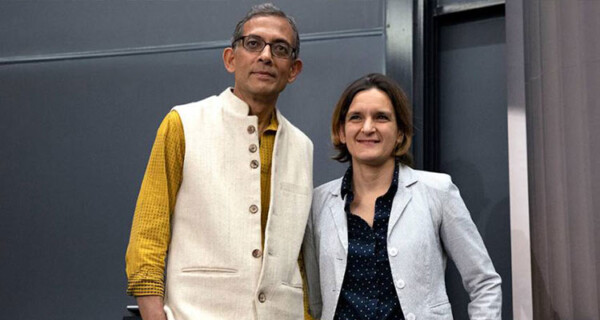






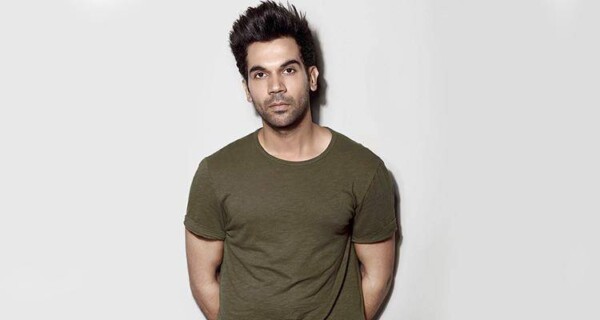
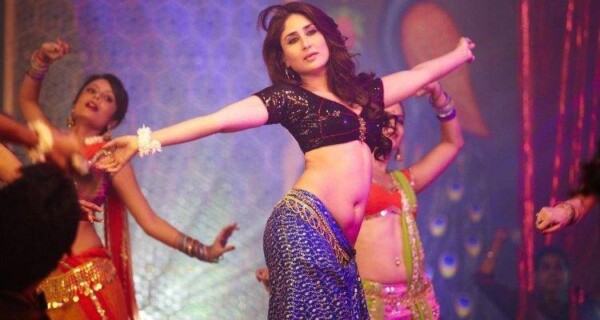




Featured
7 Shows & Movies About Sex Workers That Leave A Mark
No Capes In Sight: The Movies That Change The Way We Look At Male Heroes
5 Celebrity Couples Known For Their Philanthropic Work
10 Best Dialogues Of Ayushmann Khurrana That You MUST Know
The Best Dialogues Delivered By Ranveer Singh From His Movies
These Top Heroines Prove Age Is Just A Number In Bollywood
Running Away Together: Parimala Jaggesh
Facts About The Marriage of Abhijit Banerjee And Esther Duflo
Marathi Actor Subodh Bhave: I Fell in Love with a Girl Back in School and Married Her
11 Best Dialogues on Love by Shraddha Kapoor
6 Bollywood Heroines Who Played Villain Roles Amazingly Well!
New Beginnings: Anu Prabhakar Mukherjee’s Interview
Ramesh Aravind: Archana Is the Anchor of My Home
10 Famous Celebrity Same Sex (Gay) Couples
10 Best Dialogues From Rajkummar Rao’s Movies
Why these are the 5 Most Misogynistic Songs of Bollywood
Controversial Author Salman Rushdie and all about the Women He Loved
10 Best Dialogues From Nawazuddin Siddiqui’s Movies
The Sexist Dialogues in Bollywood Films
Level-headed love: Radhika Pandit and Yash